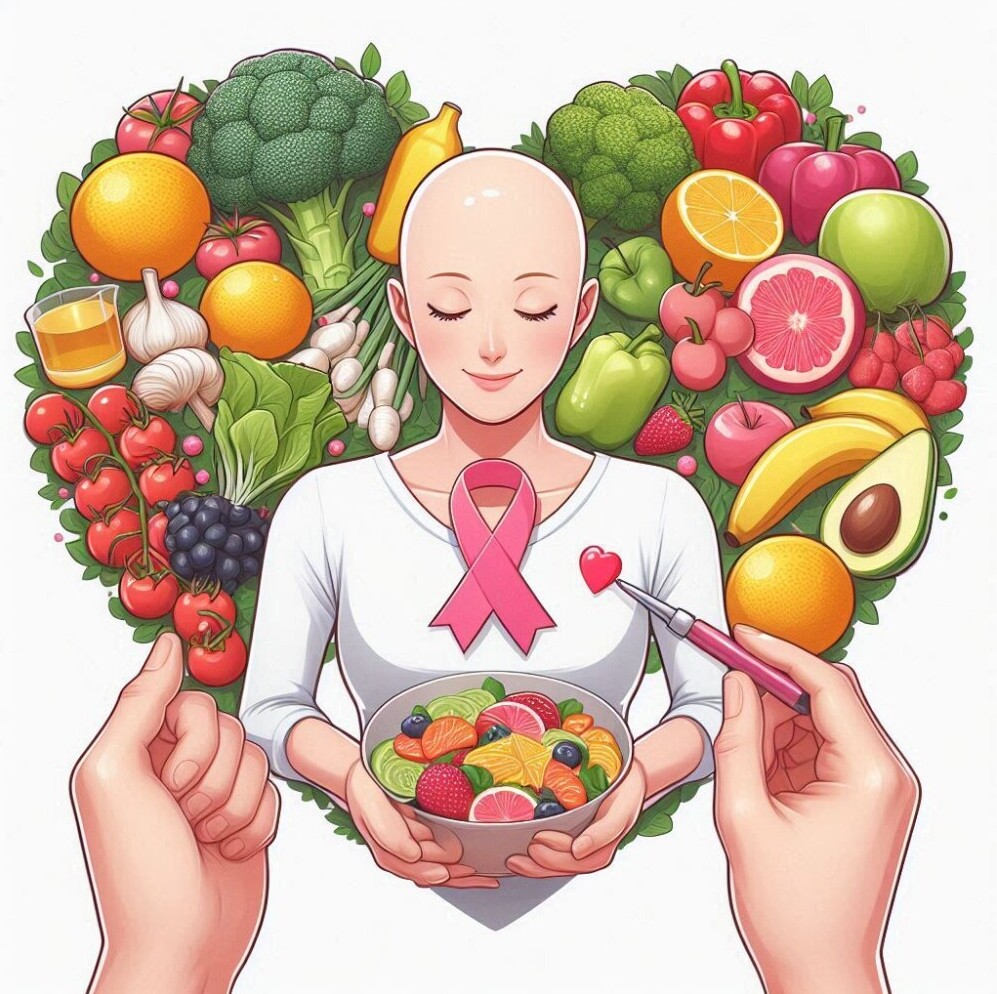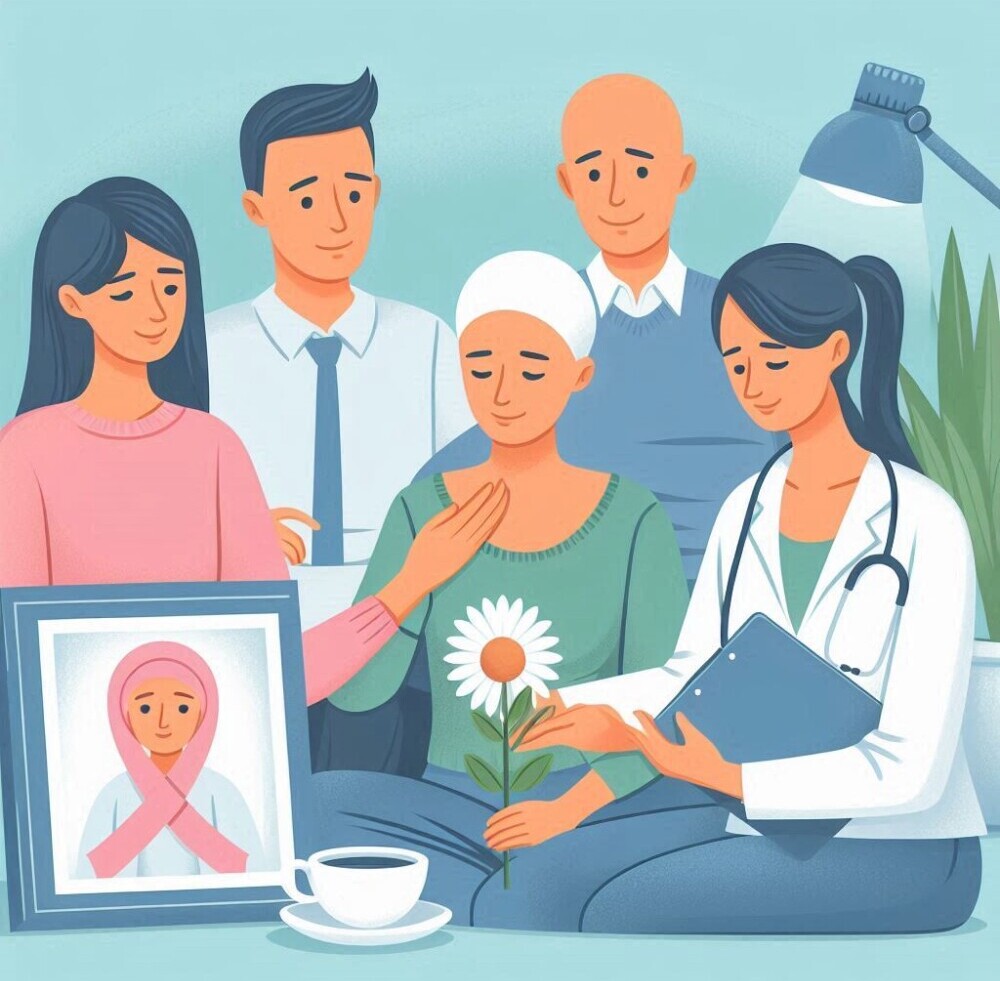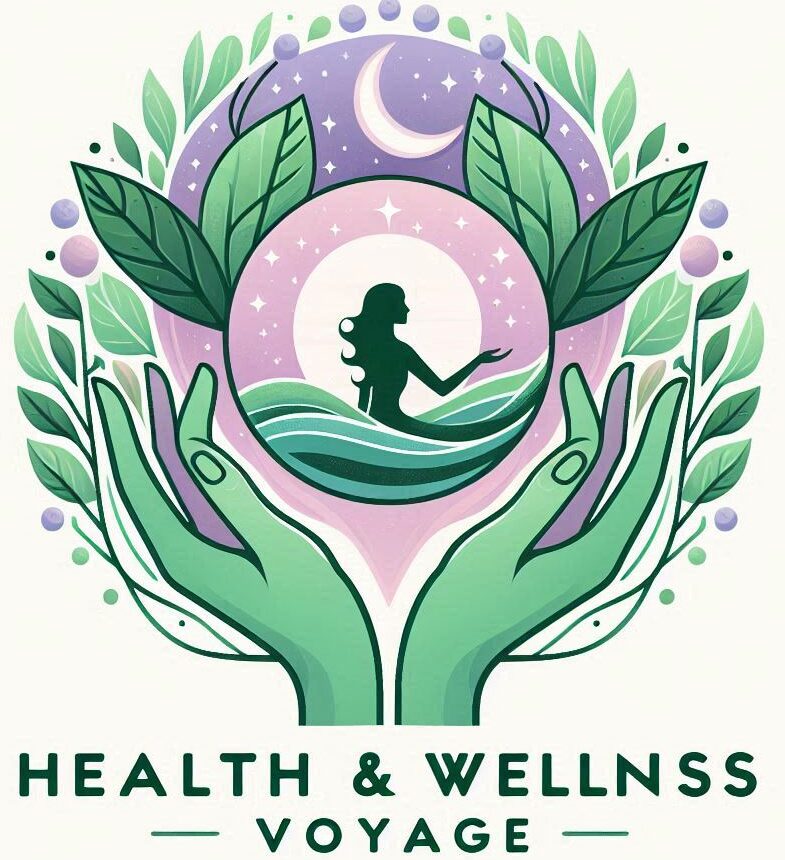Breast cancer is one of those terms that everyone’s heard but few really understand deeply. Basically, it’s when cells in the breast start growing out of control, often forming a tumor. These tumors can be either benign (non-cancerous) or malignant (cancerous), but it’s the malignant ones that we’re usually concerned with.
Understanding how breast cancer develops is kinda like piecing together a mysterious puzzle. It typically begins in the milk-producing ducts or lobules of the breast, though it can start in other areas as well. Over time, these cancerous cells might invade nearby healthy breast tissue or even spread to other parts of the body through the lymphatic system or bloodstream. Tricky little things, right?
Breast cancer isn’t just one disease—it’s classifiable into different types depending on where it starts and how it behaves. The most common type is ductal carcinoma (starts in the ducts), but there’s also lobular carcinoma (starts in lobules), and a bunch of other less common types, each with its own characteristics and challenges.
Now, let’s talk numbers for a second—a peek at the statistics can really put things into perspective. Did you know breast cancer is the most common cancer among women worldwide? Yep, it even surpasses the daunting numbers of both lung and colorectal cancers in terms of cases. Awareness and research have come a long way, but it still remains a significant health issue affecting countless lives globally.
By understanding these basics, you’re taking the first crucial steps toward informed conversations and decisions about breast health. And that’s pretty empowering if you ask me!
Recognizing Early Warning Signs and Symptoms
Recognizing the early warning signs of breast cancer can truly be a game-changer. Some common symptoms include a new lump in the breast or underarm (armpit), swelling or thickening in part of the breast, skin irritation or dimpling (sometimes resembling an orange peel), and even pain in any area of the breast. Noticing changes in breast size or shape? Or perhaps an unusual discharge from the nipple? All these can be signs that something might be off.
However, don’t hit the panic button yet—other non-cancerous conditions can also cause similar symptoms, like cysts or infections. It’s always best to check with a healthcare professional to get proper guidance if you notice anything unusual.
How powerful is early detection? It can make a huge difference in the effectiveness of treatment and long-term outcomes. The earlier breast cancer is found, the easier it often is to treat successfully. Many people who catch it early go on to live longer, healthier lives. This is why being familiar with what’s normal for your body is so important.
I remember reading stories of individuals who trusted their instincts and sought medical advice after noticing subtle changes. Often, they were the ones who caught their cancer early and had more treatment options available. It takes courage and awareness, but playing an active role in your health checks can be a crucial step in catching any potential issues early on.
Taking a proactive approach by being mindful of these early signs empowers you. Knowing what to look out for can give you a leg up in managing your breast health and seeking care when it’s most beneficial.
Identifying Who’s Most at Risk and Associated Risk Factors
Looking at what can increase the risk of developing breast cancer gives us valuable insights into preventive strategies. Some factors, like getting older and having a family history of breast cancer, aren’t within our control. Genetics play a big role, too, with mutations in genes like BRCA1 and BRCA2 being known to significantly increase risk levels.
Lifestyle choices are also a key part of the picture. Things like alcohol consumption, obesity, and physical inactivity can elevate risk. Making healthier choices around diet and exercise might just tip the balance in your favor.
Environmental factors shouldn’t be ignored. Exposure to things like certain chemicals or hormone replacement therapies can have an impact. It’s worth paying attention to these elements, especially if you’ve got other risk factors lined up.
Race plays a role, too. Research shows that while white women have slightly higher rates of breast cancer diagnosis, African American women more commonly experience aggressive forms of the disease at younger ages and have higher mortality rates. Genetic differences, access to care, and social determinants of health contribute to these disparities, making awareness and advocacy all the more important.
Knowing your risk factors empowers you to take control of what you can and make informed decisions. Discussing your personal risk factors with your doctor is a great step toward personalized health management, and it helps in deciding on screenings or preventive measures tailored to your needs.

Avoid Alcohol Consumption
Taking Preventative Measures: Lifestyle, Diet, and Screening
When it comes to preventing breast cancer, lifestyle and diet can play significant roles. While there’s no surefire way to prevent it entirely, making certain lifestyle changes can lower risks and boost your overall health.
Diet is a powerful tool. Incorporating more fruits, vegetables, and whole grains into your meals offers benefits beyond keeping your weight in check; they provide nutrients that help keep cancer at bay. Foods rich in antioxidants, such as berries and leafy greens, and good-for-you fats like those found in fish, nuts, and olive oil, could be your best friends here.
Staying active is also key. Regular physical activity helps you maintain a healthy weight, which is important since obesity is linked to several cancers, including breast cancer. Just 150 minutes of moderate activity a week could make a difference. It’s all about striking a balance that fits your lifestyle.
Now, you can’t overlook the importance of regular screening. Mammograms, though sometimes a bit uncomfortable, are critical in detecting breast cancer early when treatment works best. Depending on your age and risk factors, your doctor will recommend an appropriate frequency for screenings. Keep the conversation open with your healthcare provider to ensure you’re on the right track.
Personal stories often show how much of a difference these changes can make. For example, I know folks who dramatically cut their risks by embracing healthier habits. It’s inspiring and proof that small changes can have a big impact. If others can do it, so can you!
Focusing on preventative measures could be one of the best gifts you give yourself for long-term health. A proactive approach with diet, exercise, and regular check-ups is all about investing in your future.

Eat a healthy Diet with Vegetables, Fruits and Whole Grains
Building a Strong Support System: Importance and Resources
Having a solid support system can make a world of difference when dealing with breast cancer. Family and friends often form the backbone of emotional support, offering comfort, understanding, and practical assistance. Their presence can alleviate some of the stress and isolation that often accompany a cancer diagnosis.
Professional counseling and support groups offer another layer of crucial support. These groups create a safe space where people can share experiences, resources, and encouragement. Knowing others who face similar challenges helps in making sense of the emotional whirlwind that comes with the illness.
In today’s world, online communities and virtual support networks have become invaluable, especially for those who might feel too far from physical support groups or prefer the anonymity the digital space offers. They provide access to a wealth of shared knowledge and emotional camaraderie at the click of a button.
I’ve heard stories of how individuals thrived with the backing of a strong support system. One person I encountered shared how her local support group became a family away from home, offering both laughs and shoulders to cry on. That emotional anchor can help steady you through the rough patches.
Encouragement is key for anyone supporting a loved one with breast cancer. Patience, empathy, and the willingness to listen go a long way. The power of simple acts of kindness and the gift of presence are immeasurable in their impact.
Whether you’re directly affected by breast cancer or supporting someone who is, tapping into these resources and building a strong support system can provide much-needed strength and resilience on this journey.
 Family & Friends and Professional Counselling is critical
Family & Friends and Professional Counselling is critical
